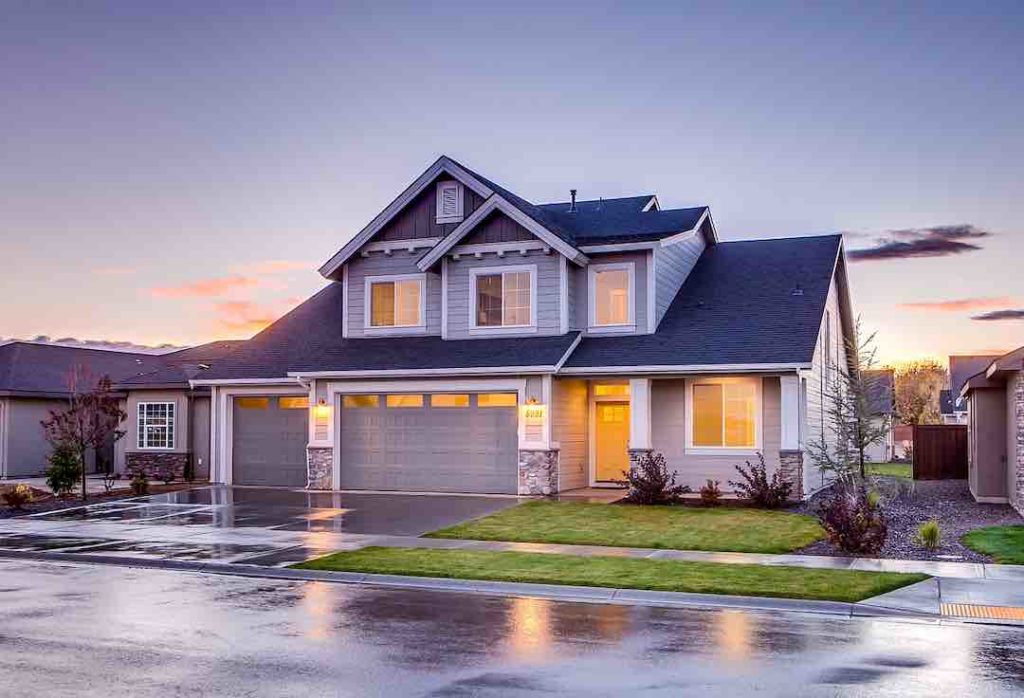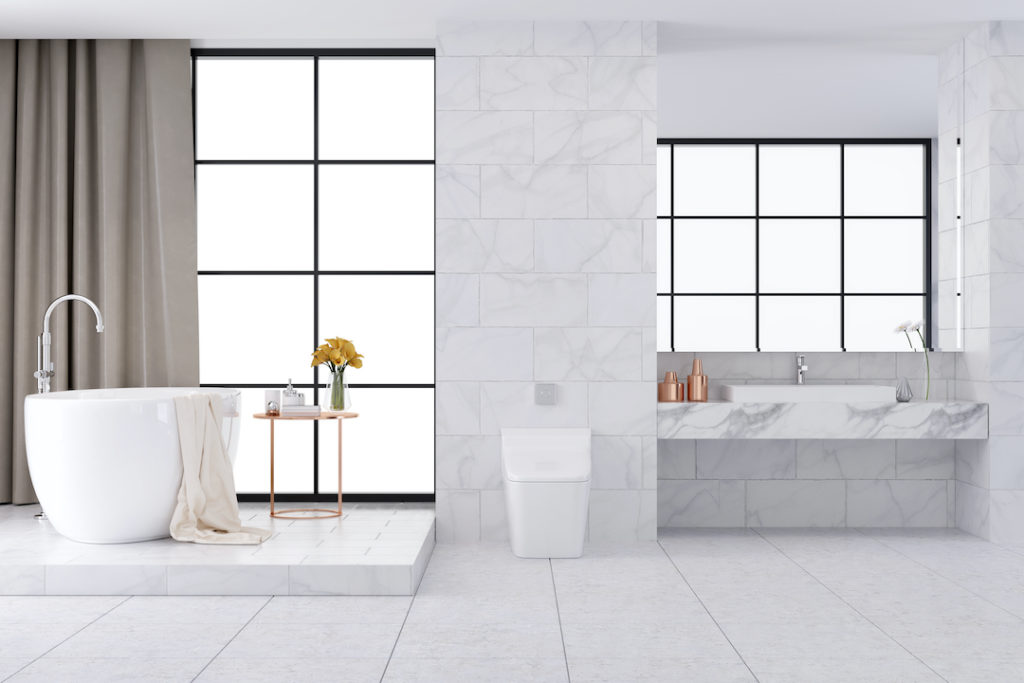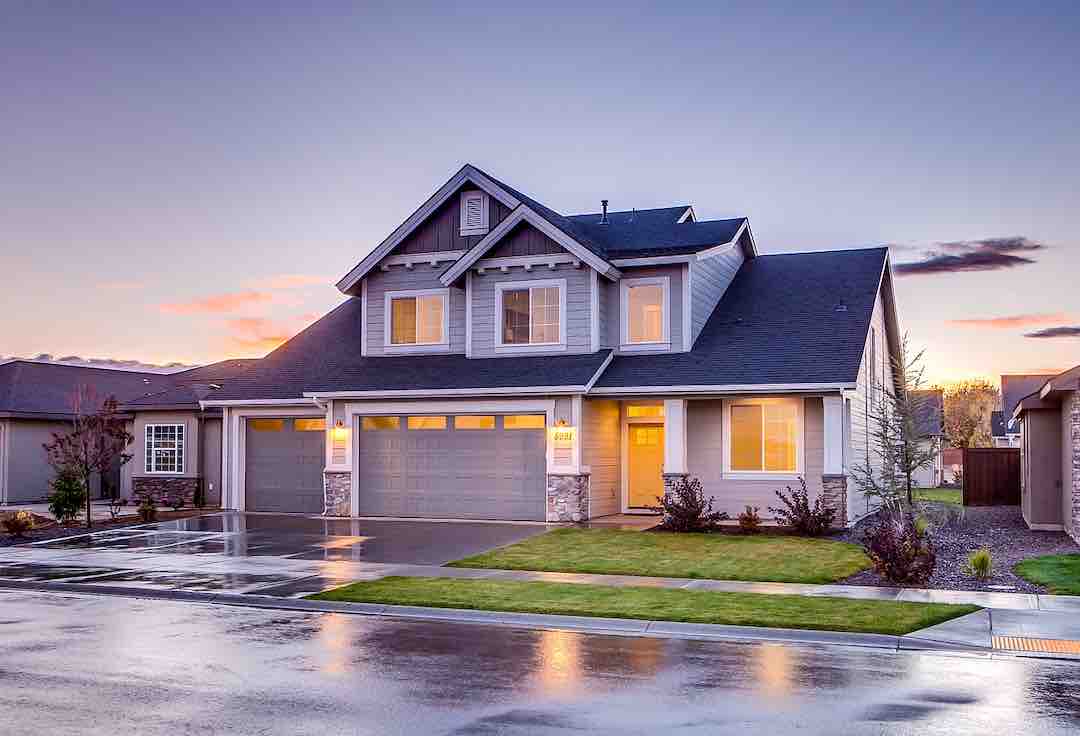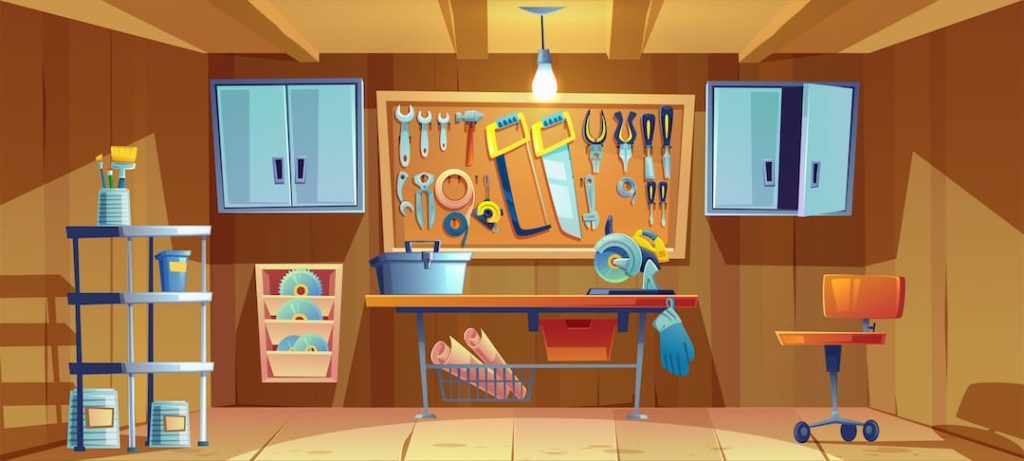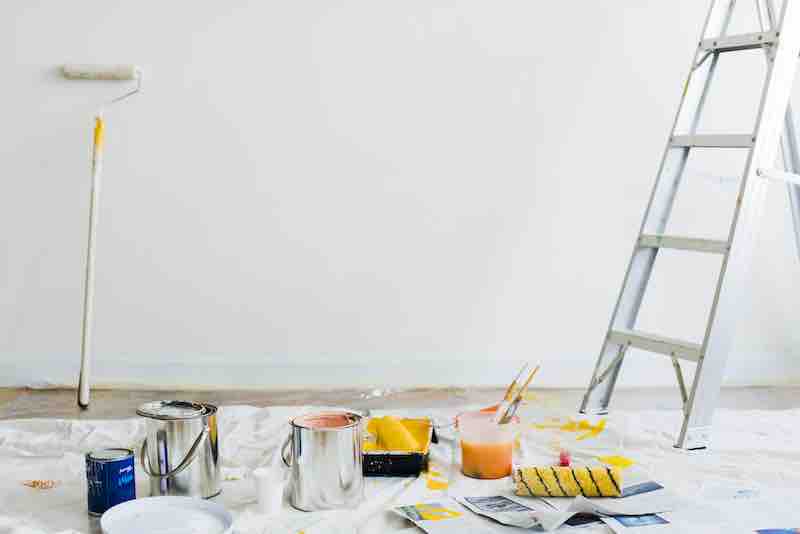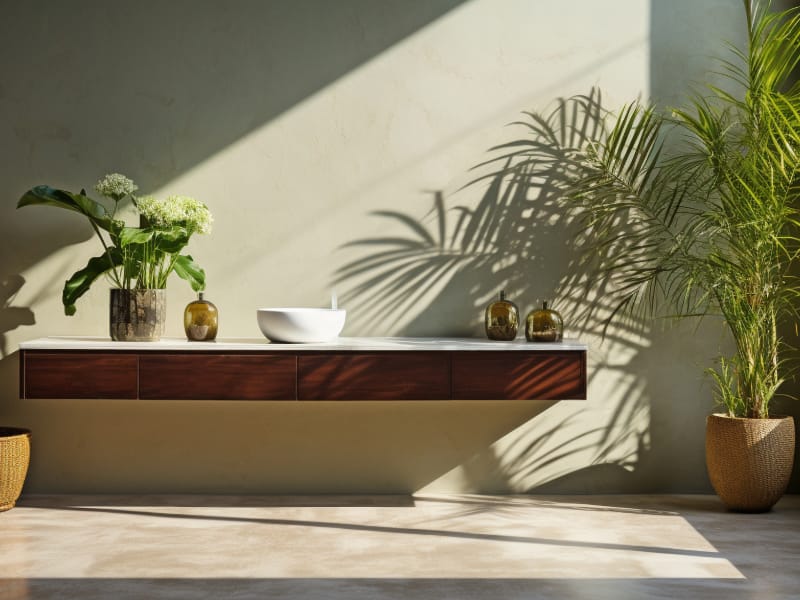
In the vibrant world of home improvement, styles and trends are ever-evolving.
Our personal spaces serve as reflections of our tastes and lifestyles. Keeping these spaces fresh and relevant is a delightful task that many homeowners relish.
This article explores some of the most intriguing trends in home improvement for 2024, inspiring those looking to breathe new life into their dwellings.
The Green Movement
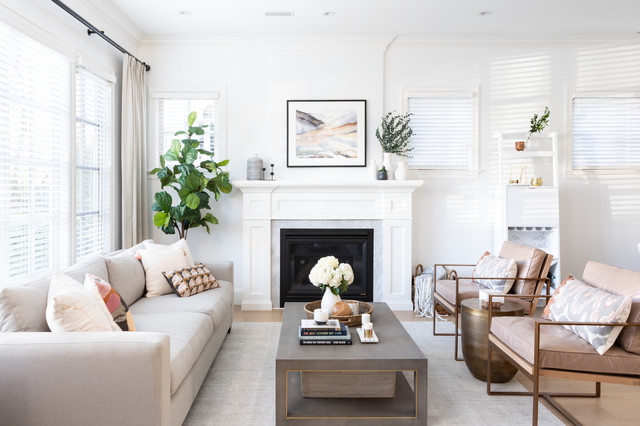
There has been a marked shift toward home improvement practices that are ecologically responsible.
This trend resonates with a growing global consciousness about the environment and our role in preserving it for future generations.
Here are some critical aspects of this movement:
-
Eco-friendly designs: More homeowners are choosing designs that have minimal environmental impact. These designs often use natural light and ventilation to reduce dependence on artificial lighting and air conditioning, thus conserving energy.
-
Sustainable materials: There’s been a surge in using sustainable materials in home improvements. Bamboo, for instance, is a popular choice because of its rapid growth rate and durability. Recycled glass is another option that many homeowners are exploring. These materials are eco-friendly and add a unique aesthetic appeal to homes.
-
Energy-efficient appliances: From refrigerators to washing machines, energy-efficient appliances are increasingly becoming a staple in modern homes. These appliances consume less electricity, helping homeowners save on energy bills and reduce their carbon footprint.
-
Solar panels: Harnessing the sun’s power to generate electricity is another trend gaining momentum. Solar panels can provide a significant portion of a home’s energy needs, reducing reliance on non-renewable power sources.
-
Smart home technologies: Modern technology is playing a crucial role in promoting sustainability at home. Smart home devices like programmable thermostats and automated lighting systems ensure optimal energy use, preventing wastage.
Seamless Living Spaces
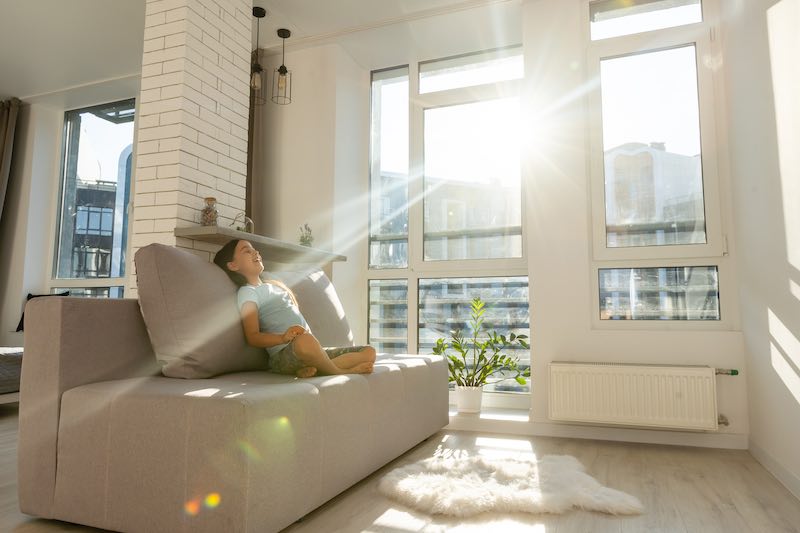
In 2024, the trend for large, interconnected living spaces is still strong. The practice of segmenting rooms is being replaced with designs that focus on open spaces.
This approach enhances light distribution and creates an atmosphere of openness. It’s perfect for those who love to host gatherings or have a lively household, as it encourages interaction and communication.
-
Light and Space: Open designs allow for better light distribution, making the space brighter and more prominent. It also promotes a sense of freedom and fluidity within the home.
-
Interaction: Families can communicate and interact more easily without walls to separate rooms. Whether cooking in the kitchen or lounging in the living area, you’re always part of the action.
-
Flexibility: Open spaces offer flexibility. Furniture and décor can be rearranged to suit different occasions or needs, making the space adaptable.
Vibrant Hues and Textures

The minimalist era of white and gray is giving way to a new trend: bold colors and textures.
Deep blues, rich greens, and daring blacks create visually appealing walls.
Textured elements like velvet furniture, woven wall hangings, and patterned rugs bring depth and character to the space.
-
Color Pop: Bold colors are brilliant for injecting personality into your space. They add visual interest and can even influence mood.
-
Texture Play: Textured elements like furniture and décor add a tactile dimension to the interior design. They make the space feel warm, inviting, and layered.
-
Personal Expression: Your choice of colors and textures reflects your personality. Don’t be afraid to experiment and express yourself.
Blurring Boundaries

A trend that is gaining popularity is the integration of indoor and outdoor spaces.
It involves creating a seamless transition between the interior of a home and its outdoor spaces, such as gardens, patios, or balconies.
Large sliding doors, outdoor kitchens, and cozy patio furniture are typical features of this trend.
-
Nature Inside: By integrating indoor and outdoor spaces, you can bring the beauty of nature into your home. This connection with nature can be calming and enhance your overall well-being.
-
Maximizing Space: This trend allows you to maximize your living space, extending it beyond the four walls of your home.
-
Entertaining Made Easy: Indoor-outdoor living is perfect for entertaining. Guests can move freely between the two areas, making gatherings more relaxed and enjoyable.
Intelligent Homes
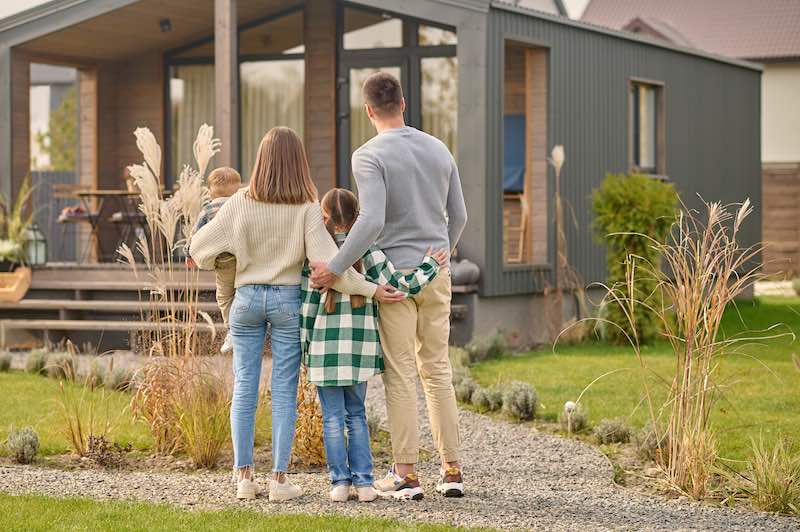
Smart home technology is no longer a futuristic concept.
It’s here, and it’s now.
Automated lighting and heating systems, advanced security systems, and voice-controlled assistants are changing how we live and interact with our homes. This technology adds convenience and can even enhance energy efficiency and security.
-
Convenience: Smart home technology simplifies everyday tasks. With just a few taps on your smartphone or a voice command, you can control various devices in your home.
-
Efficiency: Automated systems can optimize energy usage, helping you save on utility bills and reduce environmental impact.
-
Security: Smart security systems provide peace of mind. You can monitor your home remotely and receive alerts in case of any unusual activity.
Conclusion
As we move through 2024, these trends will reshape our living spaces, merging aesthetics with functionality, sustainability, and technological innovation.
Home improvement creates a space that aligns with our lifestyles, values, and world.
From adopting sustainable practices, embracing bold designs, or integrating smart technology, there are many ways to breathe new life into your living space this year.…



